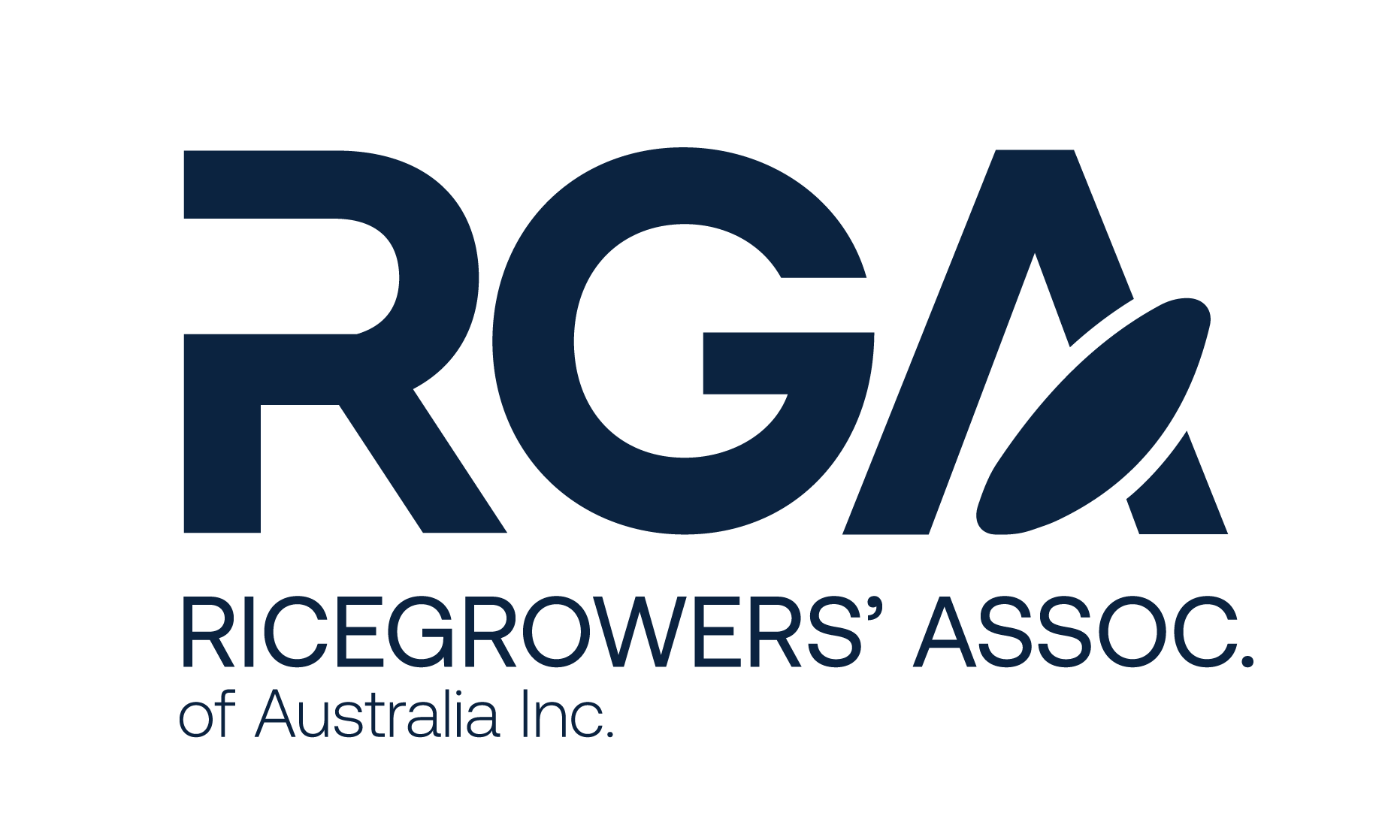4Corners 'Splash Cash' - Shallow facts
Murray Darling Basin Plan is the most ambitious and controversial water reform programs globally. The purpose of the Basin Plan is to reduce the limits on how much water can be taken from the Basin for irrigation, drinking water, industry or for other purposes without having a negative impact on the environment – the revised limits are called Sustainable Diversion Limits, or SDLs and came into effect in 2019.
The infrastructure programs under the Murray Darling Basin Plan, including the On-farm Irrigation Efficiency Program (OFIEP) and Private Irrigation Infrastructure Operators Program (PIIOP), have proven to be the most sustainable means of recovering water for the environment.
Under the Basin Plan, irrigation farmers have worked with the Commonwealth to return nearly 20% of the water previously used for irrigation to the environment. That’s over 2100* billion litres of water to the environment, with 640 billion litres as a result of irrigation farmers improving their water efficiency.
Murrumbidgee infrastructure programs alone have contributed 10% of the Basin’s water recovery target, that’s 262GL back to the environment –262 billion litres or more than half of Sydney harbour every year (on average). The Murrumbidgee valley’s recovery efforts mean that this valley has already met the Sustainable Diversion Limit water recovery requirementsset by MDBP.
These programs rely on a transfer of what was previously irrigation water from the irrigator to the Federal Government. For the project to be approved, the irrigator and the federal government agree to a conditional contract of sale whereby the irrigator transfers water to the federal government for a payment. Rather than being a direct purchase however, the contract is conditional upon the irrigator using this payment for the purpose of undertaking works that must be demonstrated to improve the water-use efficiency of the irrigation system or their farming enterprise.
There is a formal process for program participants, whereby water and farm specialists perform a technical audit at each stage of the program. This is to ensure that the outcomes can be measured accurately. Program participants are responsible for delivering within their project guidelines. Any over-runs are borne by the participant – not the environment – the water is returned regardless.
All on and off-farm efficiency programs are delivered via tender and have been audited by the Commonwealth Auditor General. In each case the Government has provided the water purchased as part of the program to the Commonwealth Environmental Water Holder.
The RGA and the irrigation industry as a whole has long sought that water be recovered for the environment through Infrastructure Programs rather than direct buy-backs, as these programs facilitate communities and irrigation industry to adjust to a future with less water for production. These programs have achieved their aim of returning water to the environment while still supporting Australia’s food and fibre producers, and have allowed the water recovery targets under the Basin Plan to be met without decimating irrigation communities.
These programs are a means of trying to ensure some kind of sustainable future for the thousands of families dependent on irrigated agriculture, while at the same time providing for a healthy Murray Darling Basin for generations to come.
Jeremy Morton,
President,
Ricegrowers’ Association of Australia
1 http://www.agriculture.gov.au/SiteCollectionDocuments/water/progress-recovery/surface-water-recovery.pdf
2 https://www.mdba.gov.au/publications/mdba-reports/southern-basin-community-profiles
